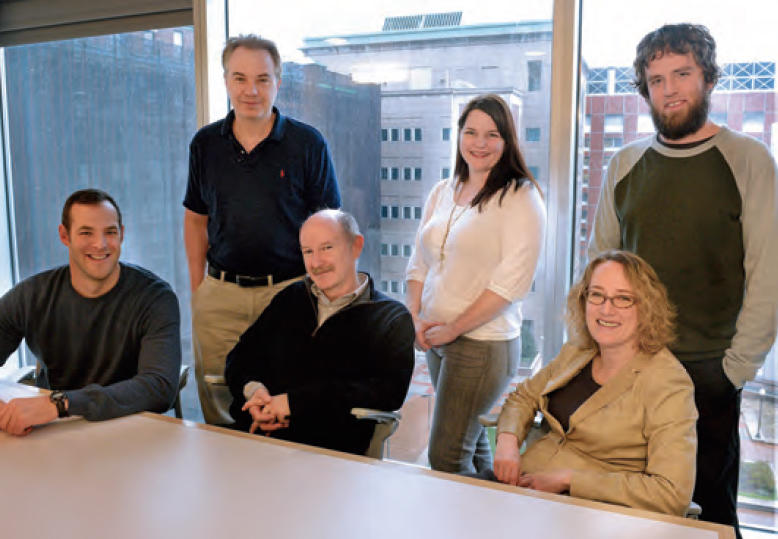Brain scientists say their field is in a critical period of transition: after a half century of progress made in understanding how relatively small numbers of neurons communicate with each other, researchers are now preparing to investigate how billions of neurons coordinate their electrical pulses to encode our memories, thoughts, and emotions.
To make sense of the brain at this level, though, will require new technology. Researchers say they need more powerful imaging tools to observe what’s happening inside the living brain. And they need more sophisticated software to analyze the enormous amounts of data that such investigations will generate.
At Columbia, a group of scientists and engineers with experience designing advanced research tools has come together in an effort to help neuroscientists make this leap forward. The group, led by Rafael Yuste, a professor of biology and neuroscience who builds his own imaging equipment, recently formed the Neuro-Technology Center, whose mission is to invent new tools in partnership with brain scientists who want to conduct experiments that cannot be done with commercially available laboratory tools. The center is expected to foster collaborations between faculty in Columbia’s natural-science and engineering departments and neuroscientists at the Mortimer B. Zuckerman Mind Brain Behavior Institute, an interdisciplinary research unit the University created two years ago to address the most complex, seemingly intractable questions now facing the field.
“I don’t think it’s an exaggeration to say that the Zuckerman Institute now represents one of the best neuroscience-research groups in the world, if not the best,” says Yuste. “And the big questions that neuroscientists are asking can only be answered with input from others. They need physicists, chemists, computer scientists, engineers, and statisticians to help devise revolutionary new methods of observing the brain and analyzing what they see there.”
The NeuroTechnology Center will host faculty retreats, symposiums, and other events where neuroscientists and academics from other departments will meet to discuss matters of common interest. The center’s inaugural symposium was held in November, drawing hundreds of participants.
“If we get the best toolmakers and the best tool users together in the same room on a regular basis, collaborations are going to naturally take shape,” says Yuste. “Maybe a neuroscientist will describe a technical obstacle he’s confronted that a physicist already has a solution for. Or maybe a computer scientist will describe an analytic technique he’s developing that gives a neuroscientist an idea for a new study they could do together.”
The center’s founding faculty, who, in addition to Yuste, are chemist Virginia Cornish, statistician Liam Paninski, and electrical engineer Ken Shepard, plan to establish a fellowship for graduate students and postdoctoral researchers who would split their time between a tool-building laboratory, such as one of their own, and a neuroscience laboratory at the Zuckerman Institute. The center, which was launched this past fall with a $150,000 seed grant from the Kavli Foundation, is now seeking additional gifts for the fellowship.
“The goal of the training program would be to place one or two technically inclined researchers in every neuroscience lab at Columbia that could use their contributions,” says Yuste. “This could eventually have a major impact on the way neuroscience is done, not just at Columbia but throughout the field.”



